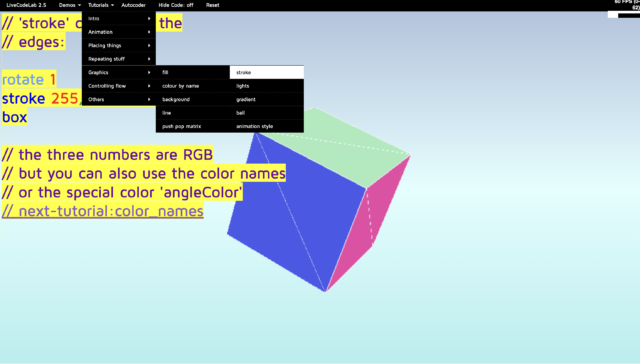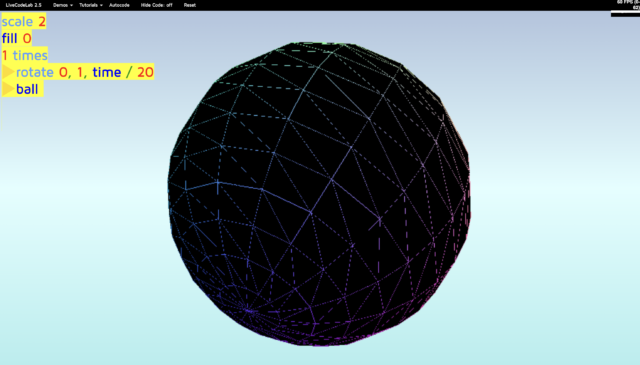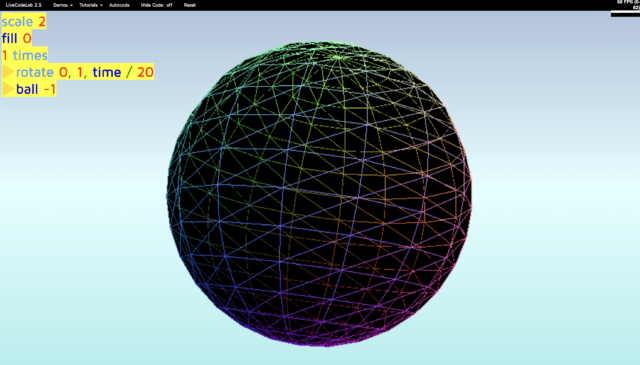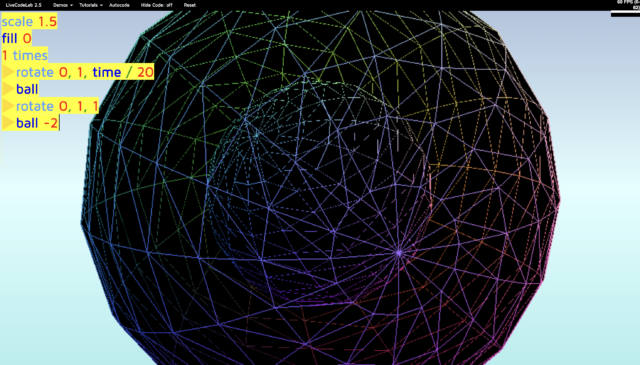I will interpret Oliveros’s “Meditation” as a kind of spiritual&physical pause that allows for intensive sensing of body, (sonic) surroundings, and time passing. What distinguishes Oliveros’s sonic meditation from other meditations is the highlight of sounds, and therefore listening and outputting voices. This is also where I see “communication” and interaction among a group of people, and where the content of performance lies. The question I would ask though is how much can we justify the performance value from a viewer’s perspective? In addition, I admire the value of sound and body experimentation under the political framework. The idea of haveing listening as a form of feminism and activism amplifies certian human sensation and the relation to external world. So it’s like we use our body to claim something about ourselves (and bodies).
Compared to Oliveros’s actions my experience with meditation appears to be somewhat shallow. I guess I got introduced to meditation relatively late. The earliest meditation experience I remember was back in my Chinese high school, when hundreds of students filled a lecture hall for a psychological coaching for Gaokao(the national college entrance exam). You could imagine most students were paying little attention with heads down, because they didn’t want to lose every minute finishing tons of assignments. I was the type in-between, feeling it hard to choose whether to dive into the exercise book as well, or listen to the lecture which sounded interesting but might sacrifice my sleeping time. So in a constant shift between the lecture and assignments, students were introduced to practice meditation, which definitely made less impact. But I did follow the meditation seriously.
Okay the point is not to discuss educational culture, but that meditation, which at that moment was regarded as irrelevant and disengaging by many people around me, actually brought me hyper feelings of my body and time. It pulls you from the shell and, at least for me, brings a more objective perception of self and surroundings. To some extent, I also showed my “embodied pursuit” that one can pause and rest facing tons of work to do. So I agree that Oliveros’s Sonic Meditations, and other forms of meditation, would never be escapism or disengagement. We need to pause and re-organize before the next step. Like written in the article, “Listening is directing attention to what is heard, gathering meaning, interpreting and deciding on action.”
However I really don’t treat meditation as a regular practice, so I’m curious apart from more awareness on listening/sounds and body, how much the reflections on listening and Sonic Meditations can inspire ordinary people who don’t have the habit of meditation.



